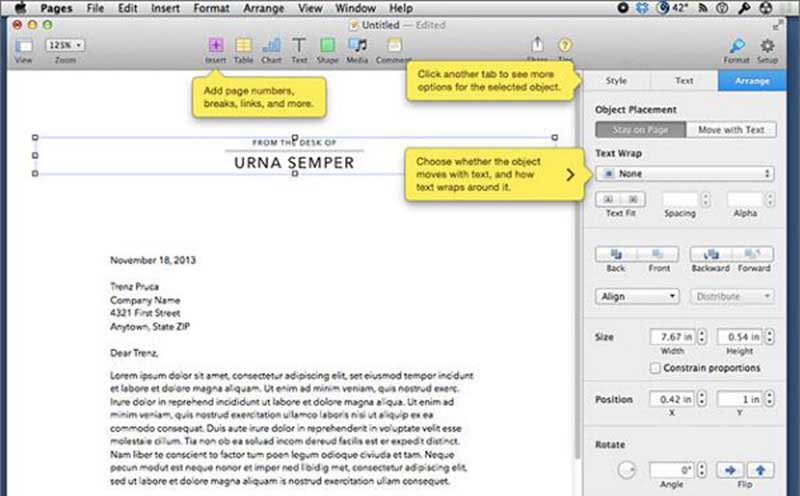
And it’s a habit of PDF to be compatible with every software.

PDF is a type of readable document mainly shared with others, no matter what software they use to view it. How To Select And Crop Content And Images From PDF.How To Underline Or StrickThrough The Content On PDF?.Rotate, Delete, Rearrange Pages, And Renumber Pages Inside A Pdf.How To Rearrange The Pages Of PDF On Mac.How To Add Notes And Comments In The PDF On Mac.Ways to How to Edit a PDF on Mac, MacBook in Free/Pro Tool.You could even combine pages from different documents this way: gs \Ĭaveats: Combining pages from different documents which use non-embedded fonts or identical font names but different encodings and/or different subsets (with identical fontname-prefixes) may lead to a faulty PDF in the result. However, I've not (yet) personally tested this new feature and I'm not sure how reliably it works.įor older versions of Ghostscript (as well as the most recent one), it should work to feed the same input PDF multiple times with different parameters to same GS call to extract non-contiguous page selections from a document. To extract pages 1, 5-10 and 12-last from the input document.

This could be used like this: -sPageList="1, 5-10, 12-" The newest versions sport an new parameter, -sPageList. Together with -dFirstPage this allows for the extraction of page ranges. Ghostscript has the additional parameter of -dLastPage too. Pdftk will re-use the original PDF objects for each page as-is. To control individual aspects of this behavior (or to suppress some of them), a more complicated commandline with more parameters is required. However, pdftk is the better tool for that job (and was already recommended to you).Īlso, this Ghostscript commandline could change some of the properties in your input.pdf because it essentially re-distills it. Just for the record: you can also use Ghostscript: gs \


 0 kommentar(er)
0 kommentar(er)
